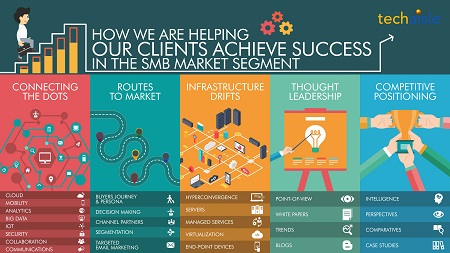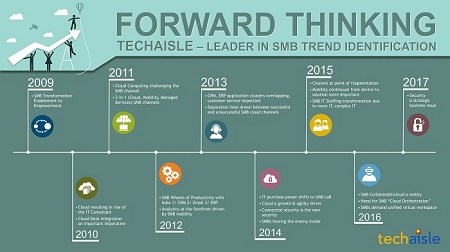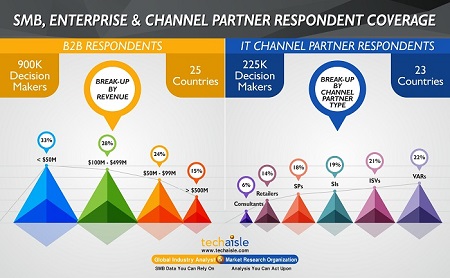US and European SMB buyers believe that managed services contribute to both cost savings and to business growth. As the figures below show, managed services is seen as helping buyers to achieve lower IT costs, greater control over IT environments, and higher performance with less IT downtime; managed services also helps businesses to “maintain a lean business environment” and to provide predictable performance, user experience and cost. On the growth side of the equation, superior (relative to internal options) MSP responsiveness to IT problems is seen as a means of achieving better productivity; MSPs are also seen as helping SMBs to maintain focus on core business competency, staying abreast of technology changes and providing support for business continuity and disaster recovery.
54% of US SMBs and 68% of Europe SMBs say that managed services help improve bottom-line, contribute to profitability and reduce costs. On the flip side, 46% and 32% respectively state that they view and have experienced managed services as a technology contributing to growth and revenue. A more detailed look at the data underlying this summary analysis illustrates the many benefits that SMBs obtain from managed services (and MSPs).


















